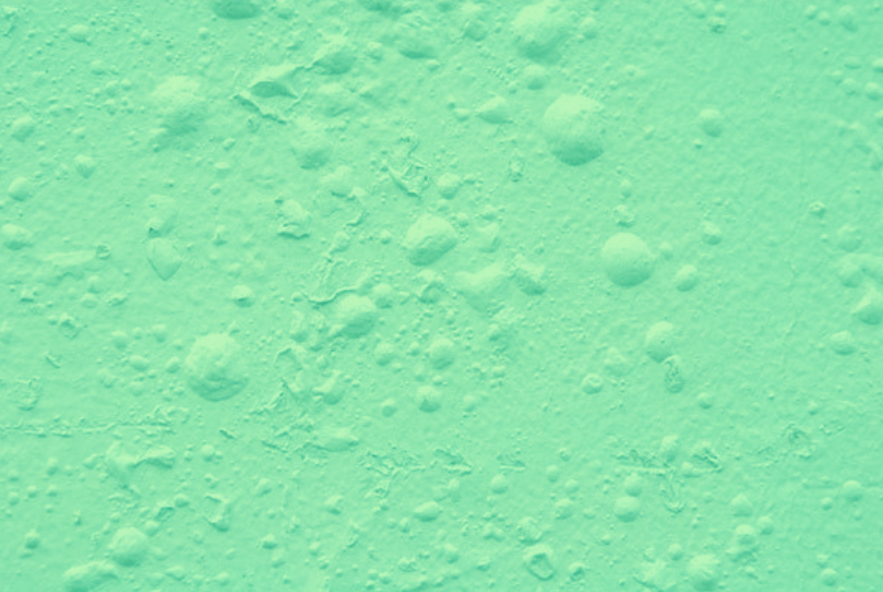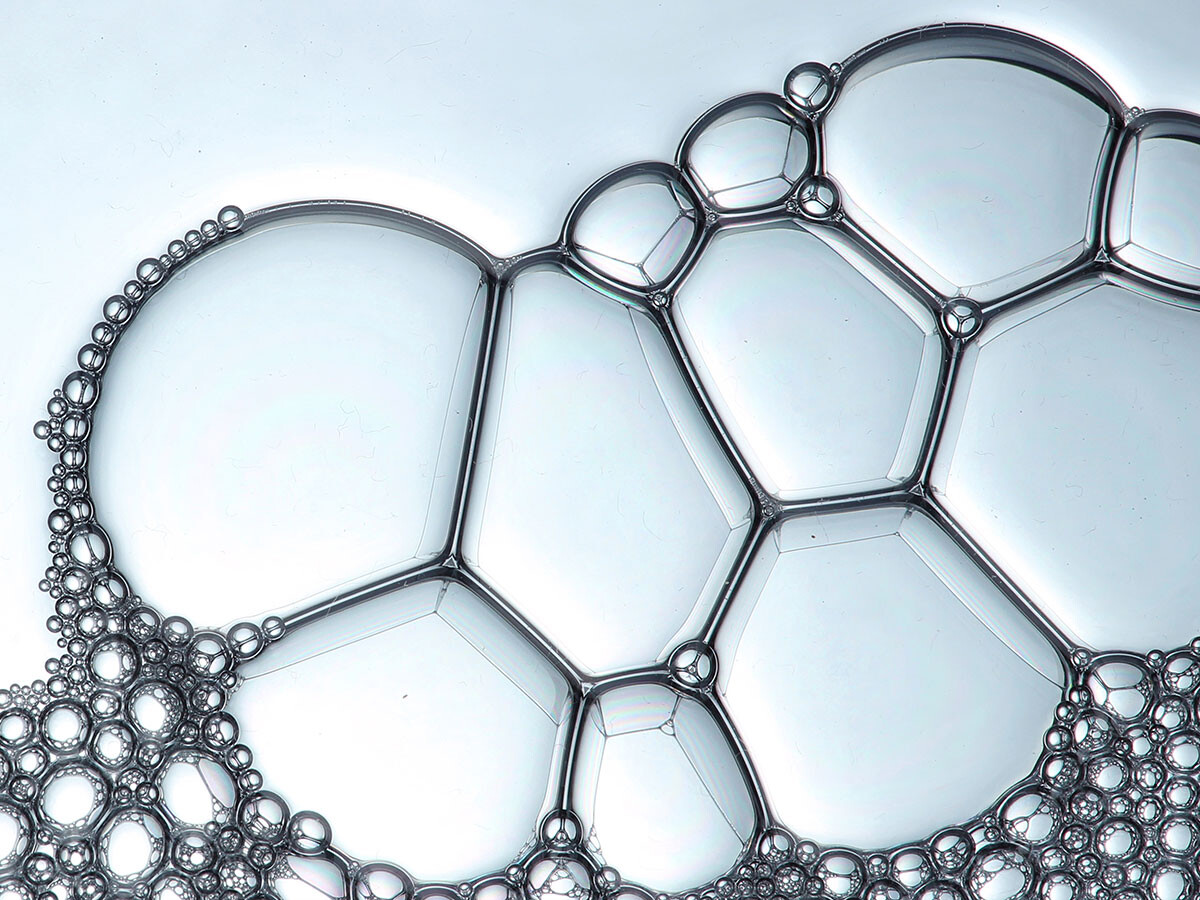Choosing the Right Defoamer for Your Particular Application Demands
Picking the appropriate defoamer for specific application requirements is a nuanced process that requires cautious factor to consider of several elements, such as the foam operating, type, and tool conditions. Understanding the nuances of defoamer efficiency-- including rate and persistence-- while also accounting for environmental and regulatory aspects is crucial.
Understanding Foam Formation
Foam development takes place when gas is entraped within a fluid, creating a secure structure of bubbles. This sensation can considerably affect numerous commercial procedures, especially in markets such as food production, drugs, and wastewater therapy. The presence of foam can impede mixing, minimize product quality, and also result in operational inefficiencies.
Foam usually develops because of a combination of variables, consisting of surface-active representatives, anxiety, and the attributes of the liquid stage. Surfactants lower the surface stress of the liquid, facilitating the development of bubbles that can maintain and integrate. Agitation, whether from mechanical stirring or gas introduction, improves bubble development, bring about boosted foam quantity.
Understanding the auto mechanics of foam formation is essential for sectors aiming to maximize their procedures. By determining the specific conditions that advertise foam generation, companies can carry out methods to alleviate its impacts. This understanding lays the foundation for choosing proper defoaming agents that successfully target the special challenges presented by foam in different applications. Subsequently, a detailed understanding of foam development is necessary for enhancing efficiency and maintaining product honesty throughout different markets.
Kinds Of Defoamers Available
Numerous sorts of defoamers are offered to deal with the difficulties presented by foam in industrial applications. defoamers. Generally categorized, defoamers come under three groups: silicone-based, non-silicone-based, and all-natural defoamers
Silicone-based defoamers are renowned for their effectiveness and stability throughout a large range of temperature levels and pH levels. They are typically utilized in applications where strong foam reductions is essential, such as in paints, coverings, and adhesives. Their low surface stress enables fast foam collapse.
Non-silicone-based defoamers, often made from organic compounds, offer an option for applications conscious silicone residues. These defoamers can be further split right into polyether and ester kinds, each tailored to meet certain formulation requirements. Non-silicone defoamers are often utilized in food processing and individual care products because of their compatibility with numerous solutions.
Natural defoamers, stemmed from plant or pet resources, are getting traction because of their environmentally friendly profile. These products are especially appealing in applications where regulatory conformity and sustainability are critical, such as in agrochemicals and biotechnology.
Picking the best sort of defoamer is vital for optimizing performance and ensuring compatibility with particular applications.
Secret Application Factors To Consider
When choosing a defoamer, it is important to take into consideration the certain application requirements to make certain ideal performance. defoamers. Different sectors have distinct demands, such as food handling, drugs, or wastewater therapy, and each application may call for one-of-a-kind defoaming residential properties
Trick variables to review include the tool in which the defoamer will certainly be utilized, whether it is water-based, oil-based, or a mix thereof. The temperature level and pH levels of the application can additionally considerably affect the efficiency of a defoamer. Furthermore, compatibility with other chemicals present in the system is critical to protect against negative reactions that can jeopardize efficiency.
Another important consideration is the frothing behavior of the certain system. Comprehending whether the foam creates rapidly or slowly can lead the choice of a defoamer that targets the source properly. The preferred click here for more speed of defoaming can influence the selection, as some applications require quick activity while others may endure slower defoaming procedures.
Lastly, regulatory and ecological factors to consider need to not be forgotten, especially in markets with strict compliance demands. Selecting a defoamer that lines up with these aspects ensures both effectiveness and security in the application.

Performance Screening Methods
Reviewing the performance of a defoamer calls for an organized strategy to testing that accurately measures its performance in details applications. Various efficiency testing methods can be employed to determine the optimum defoamer for an offered formulation.
One typical method is the bubble examination, which evaluates the defoamer's ability to reduce foam volume over time. This examination includes creating a stable foam and after that adding the defoamer to observe the price of foam collapse.

Ultimately, selecting the suitable performance testing method depends on the specific application and the kind of foam being dealt with. Each technique provides important data that can direct formula changes and boost the effectiveness of the defoamer in sensible applications.
Best Practices for Selection


Next, consider the defoamer's performance in regards to speed of activity and determination. A quick-acting defoamer may be required for processes where quick foam suppression is crucial, while an extra consistent try this web-site solution may be required for prolonged foam control. Additionally, assess the ecological influence of the defoamer, including its biodegradability and any kind of regulative compliance requirements.
Conduct tests with selected defoamers to establish their efficiency in real-world conditions. By sticking to these finest methods, you can boost foam control effectiveness and guarantee the durability of your processes.
Verdict
In recap, picking the proper defoamer necessitates a thorough analysis of various variables, consisting of foam kind, medium, operating conditions, my latest blog post and environmental considerations. Comprehending the distinct qualities of foam formation and the offered defoamer options is critical.
Selecting the proper defoamer for specific application requirements is a nuanced process that requires cautious factor to consider of numerous elements, such as the foam tool, kind, and operating problems.Choosing the ideal defoamer is essential for achieving optimal performance in foam control applications. A quick-acting defoamer may be needed for processes where rapid foam reductions is essential, while a more persistent formula could be required for prolonged foam control.In summary, choosing the appropriate defoamer requires a comprehensive analysis of numerous factors, including foam kind, medium, operating conditions, and environmental factors to consider. Comprehending the unique attributes of foam development and the offered defoamer choices is critical.